Full Mouth Reconstruction
Full Mouth Reconstruction
Embrace a renewed confidence and a revitalized smile through our meticulous approach to Full Mouth Reconstruction at Simone Dental. Our first goal is to discover the patient-specific risk factors and tendencies that led to this point, allowing us to address the underlying cause before crafting a complete solution. Whether you have experienced extensive tooth loss, decay, or trauma, our expert team is dedicated to designing a customized treatment plan that addresses all your dental and health needs.
The Comprehensive Scope of Full Mouth Reconstruction
Full Mouth Reconstruction at Simone Dental is made possible by our ongoing commitment to top-tier continuing education and advanced training, ensuring we can handle the most complex cases. The truth is, Full Mouth Reconstruction involves virtually every possible combination of procedures necessary to achieve functional stability, comprehensive oral health, and dramatically improved esthetics. This customized approach may include procedures such as dental crowns, tooth extractions, dental implants, fixed bridges, root canal therapy, teeth whitening, and periodontal treatments, all seamlessly integrated into a single, comprehensive plan.

